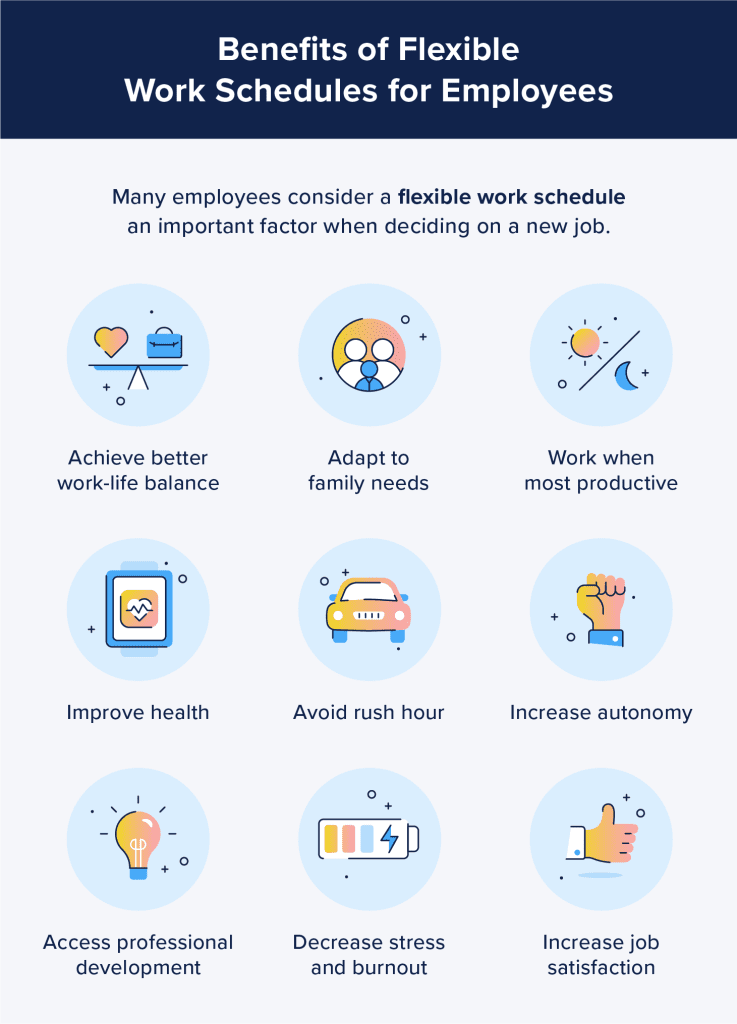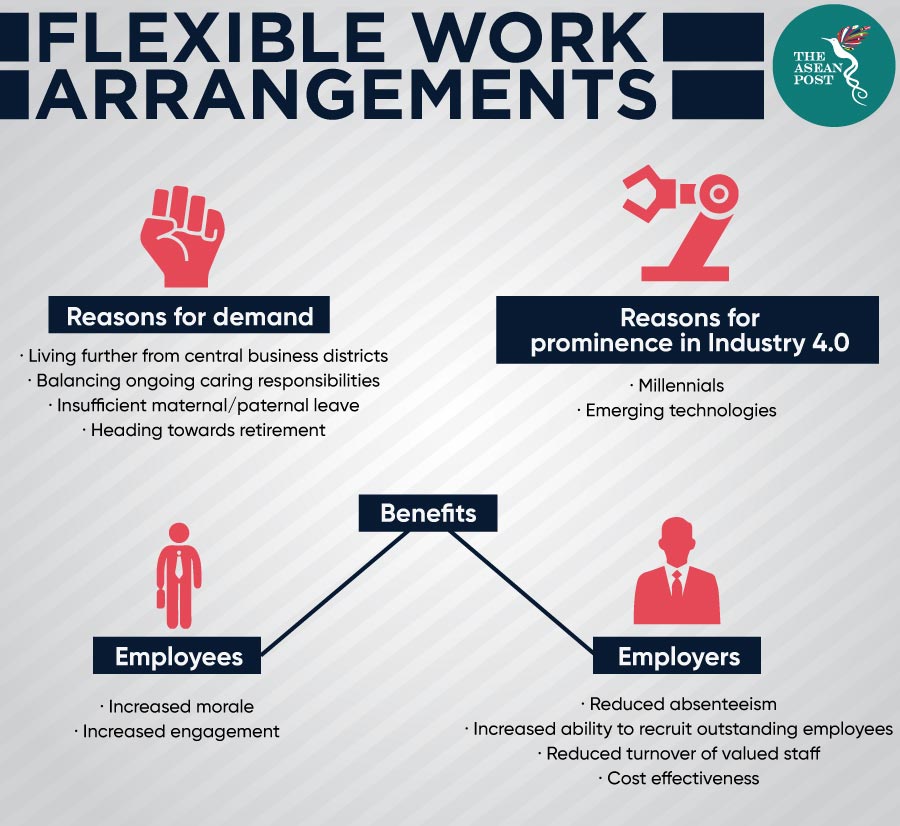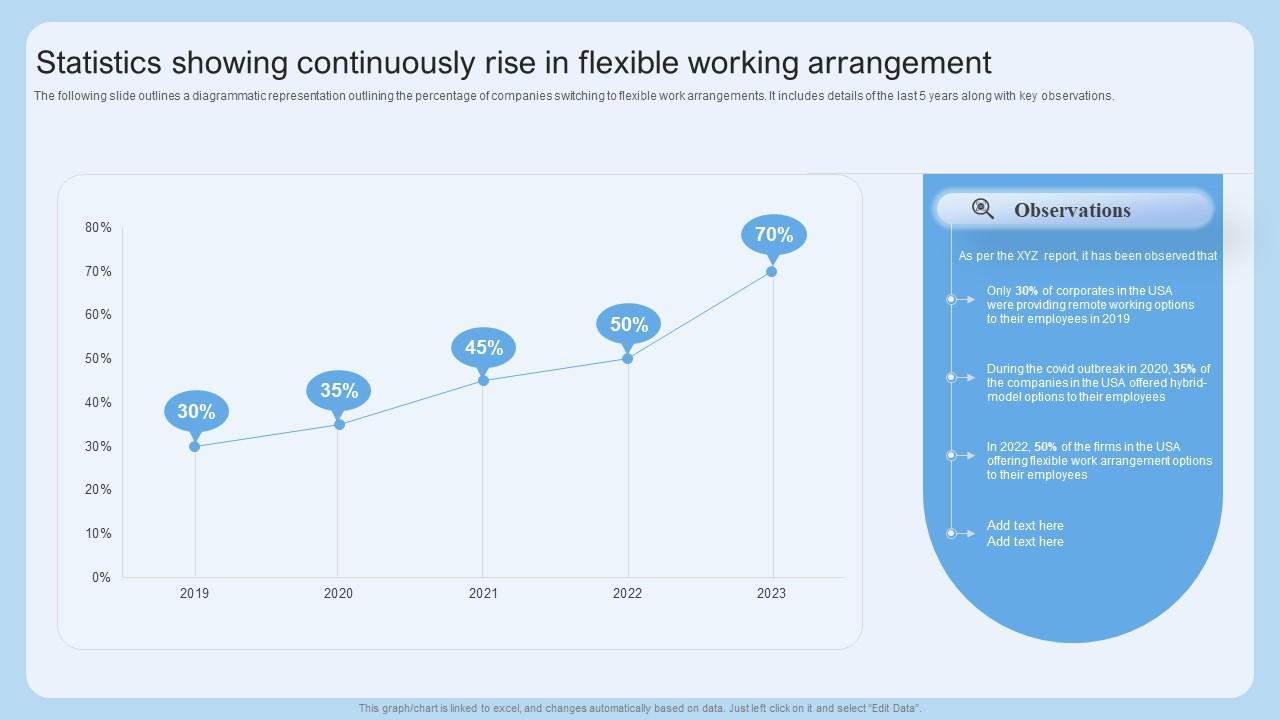The Rise of Flexible Work: Exploring Jobs with Shorter Shifts
Related Articles: The Rise of Flexible Work: Exploring Jobs with Shorter Shifts
Introduction
In this auspicious occasion, we are delighted to delve into the intriguing topic related to The Rise of Flexible Work: Exploring Jobs with Shorter Shifts. Let’s weave interesting information and offer fresh perspectives to the readers.
Table of Content
The Rise of Flexible Work: Exploring Jobs with Shorter Shifts

In an increasingly dynamic and demanding world, the concept of traditional full-time employment is evolving. Individuals seek greater flexibility and control over their schedules, and employers are responding by offering a wider range of work arrangements. One such trend gaining traction is the emergence of jobs with shorter shifts, particularly those lasting four hours. This shift in the employment landscape presents a unique opportunity for both workers and businesses.
Understanding the Appeal of Shorter Shifts:
The allure of jobs with four-hour shifts lies in the flexibility they offer. These positions cater to a diverse range of needs, including:
- Students: Balancing studies with part-time work becomes more manageable, allowing students to focus on their academic pursuits while earning income.
- Parents: Juggling childcare responsibilities and work becomes less stressful with shorter shifts, providing parents with more time to attend to family needs.
- Individuals with Health Concerns: Shorter shifts can accommodate individuals with health limitations or those who require frequent breaks throughout the day.
- Second-Job Seekers: Those seeking additional income can easily integrate a four-hour shift into their existing schedules without overwhelming their commitments.
- Retirement Transition: Individuals transitioning from full-time work to retirement can find shorter shifts a comfortable way to maintain income and stay engaged.
Exploring the Diverse Landscape of Four-Hour Shift Jobs:
The availability of four-hour shift jobs spans various industries and sectors, catering to diverse skillsets and interests. Some prominent examples include:
1. Retail and Customer Service:
- Cashiers: Processing transactions, assisting customers, and maintaining a clean checkout area.
- Sales Associates: Providing product information, assisting customers with purchases, and promoting sales.
- Customer Service Representatives: Handling inquiries, resolving issues, and providing support via phone, email, or chat.
2. Food Service and Hospitality:
- Baristas: Preparing and serving coffee drinks, interacting with customers, and maintaining cleanliness.
- Servers: Taking orders, serving food and drinks, and ensuring customer satisfaction.
- Kitchen Staff: Preparing food, cleaning workstations, and assisting chefs in various tasks.
3. Healthcare and Social Services:
- Home Health Aides: Providing personal care, assistance with activities of daily living, and companionship to individuals in their homes.
- Childcare Providers: Caring for children in a home-based or center setting, providing supervision, educational activities, and nurturing care.
- Administrative Assistants: Supporting healthcare professionals with administrative tasks, scheduling appointments, managing records, and answering phones.
4. Administrative and Clerical:
- Data Entry Clerks: Entering data into computer systems, verifying accuracy, and maintaining databases.
- Receptionists: Answering phones, greeting visitors, managing schedules, and handling mail.
- Office Assistants: Performing general office duties, filing documents, organizing files, and providing administrative support.
5. Transportation and Logistics:
- Delivery Drivers: Delivering packages or goods to residential and commercial locations within specified timeframes.
- Ride-Sharing Drivers: Providing transportation services to passengers using a personal vehicle, adhering to safety regulations.
- Warehouse Workers: Picking, packing, and loading items, operating machinery, and maintaining a safe and efficient work environment.
6. Other Industries:
- Event Staff: Assisting with event setup, managing logistics, providing customer service, and ensuring smooth operations.
- Tutoring and Teaching: Providing academic support to students in various subjects, conducting lessons, and assessing progress.
- Freelancing: Offering services like writing, editing, graphic design, web development, and virtual assistance on a project basis.
Benefits of Jobs with Shorter Shifts:
Beyond the obvious flexibility, jobs with four-hour shifts offer several advantages for both employees and employers:
For Employees:
- Improved Work-Life Balance: Shorter shifts allow for better integration of work and personal commitments, reducing stress and fostering overall well-being.
- Increased Productivity: Working shorter shifts can lead to increased focus and efficiency, as employees are less likely to experience burnout or fatigue.
- Greater Control Over Schedule: Individuals can customize their work schedules to accommodate personal obligations, hobbies, or other interests.
- Reduced Commute Time: Shorter shifts often translate to less time spent commuting, saving time and money.
- Opportunity for Multiple Jobs: Individuals can hold multiple part-time jobs with shorter shifts, increasing their income and diversifying their experiences.
For Employers:
- Access to a Wider Talent Pool: Shorter shifts attract individuals who might not be available for full-time work, expanding the pool of potential candidates.
- Reduced Labor Costs: Part-time employees often have lower benefits costs compared to full-time employees.
- Increased Flexibility and Adaptability: Shorter shifts allow for greater flexibility in scheduling, enabling businesses to adjust staffing levels based on demand.
- Improved Employee Morale: Offering flexible work arrangements can boost employee morale and satisfaction, leading to higher retention rates.
- Enhanced Customer Service: Shorter shifts can allow for more frequent staff rotations, providing fresher perspectives and improved customer interactions.
FAQs Regarding Jobs with Four-Hour Shifts:
1. Are four-hour shifts always part-time?
While four-hour shifts are typically associated with part-time work, some companies may offer full-time positions with shorter shifts, allowing employees to work fewer hours per day but maintain full-time status.
2. Are benefits available for four-hour shift jobs?
The availability of benefits for four-hour shift jobs varies depending on the employer and the specific position. Some employers offer prorated benefits based on the number of hours worked, while others may not offer benefits at all.
3. How can I find jobs with four-hour shifts?
There are several ways to find jobs with four-hour shifts:
- Online job boards: Websites like Indeed, Monster, and LinkedIn often allow users to filter searches by part-time work and specific hours.
- Company websites: Many companies advertise part-time positions on their websites.
- Networking: Reach out to your professional network and inquire about potential opportunities.
- Local newspapers and community boards: Local publications and community boards often list part-time job openings.
4. What are the challenges of working four-hour shifts?
While four-hour shifts offer flexibility, they can also present certain challenges:
- Limited earning potential: Working fewer hours generally results in lower earnings compared to full-time positions.
- Potential for job insecurity: Part-time positions may be more susceptible to layoffs or reductions in hours.
- Limited career advancement: Part-time work may provide fewer opportunities for professional development and career progression.
- Difficulty accessing benefits: Part-time employees may have limited access to benefits such as health insurance, retirement plans, or paid time off.
Tips for Finding and Succeeding in Jobs with Four-Hour Shifts:
- Be clear about your desired hours: When applying for jobs, be specific about your preferred schedule and the number of hours you are available to work.
- Highlight your skills and experience: Emphasize the skills and experience relevant to the position, even if you have limited work history.
- Be flexible and adaptable: Be open to working different shifts or days of the week to increase your chances of finding a suitable position.
- Network with industry professionals: Connect with individuals in your field of interest and inquire about potential opportunities.
- Develop your skills and knowledge: Invest in your professional development to enhance your marketability and increase your chances of finding a fulfilling job.
Conclusion:
Jobs with shorter shifts are increasingly becoming a viable option for individuals seeking greater flexibility and control over their work lives. This trend offers numerous benefits for both employees and employers, fostering a more balanced and adaptable work environment. As the demand for flexible work arrangements continues to rise, it is likely that the availability of jobs with four-hour shifts will expand further, providing a diverse range of opportunities for individuals seeking fulfilling and meaningful work.








Closure
Thus, we hope this article has provided valuable insights into The Rise of Flexible Work: Exploring Jobs with Shorter Shifts. We appreciate your attention to our article. See you in our next article!
